





Commercetools to Sap commerce cloud
Migrating your store from Commercetools to Sap commerce cloud might seem daunting, but with proper planning and the right tools, it's a smooth process. Follow this step-by-step guide to ensure a successful transition.
Schedule a call
Step-by-Step Migration Guide: Commercetools to SAP Commerce Cloud migration guide
Step 1: Preliminary Assessment and Planning
In this step, we conduct a thorough assessment of your current Commercetools setup, identifying the scope and necessary resources for the migration to SAP Commerce Cloud.
Step 2: Data Backup and Security Measures
We prioritize data integrity by performing comprehensive backups and implementing security protocols before starting the migration process.
Step 3: Setting Up SAP Commerce Cloud Environment
We will configure and prepare the SAP Commerce Cloud environment, ensuring it aligns with the specifications necessary for hosting migrated data.
Step 4: Data Migration Execution
In this step, we execute the data migration from Commercetools to SAP Commerce Cloud, ensuring data integrity and accuracy.
Step 5: Functional Testing and Validation
We conduct thorough testing of the new SAP Commerce Cloud setup to ensure all functionalities operate as intended post-migration.
Step 6: Go-Live Preparation
We prepare for the official launch of the SAP Commerce Cloud site, ensuring all systems are ready for public access.
Step 7: Post-Migration Support and Optimization
After the migration, we provide ongoing support and optimization strategies to enhance performance and user experience.
Power Your Step - Get in Touch
Contact us today to leverage our expert support for your migration to SAP Commerce Cloud.
Step 1: Preliminary Assessment and Planning
The preliminary assessment and planning phase is crucial for setting the foundation of a successful migration from Commercetools to SAP Commerce Cloud. During this step, we evaluate the current ecommerce environment, identifying existing workflows, data structures, and integrations that may impact the migration process.
This phase aims to achieve several objectives: ensuring all stakeholders are aligned on the migration goals, understanding the existing architecture, and documenting any customizations that need to be addressed during the migration. A detailed project plan outlining timelines, responsibilities, and resource allocation will be developed to mitigate risks and ensure a smooth transition.
- Stakeholder Alignment: Engage with key stakeholders from marketing, operations, and IT to discuss migration objectives and expectations.
- Current Architecture Review: Examine the existing Commercetools setup, including data models, customizations, and third-party integrations.
- Data Mapping: Create a detailed data mapping document that outlines how data from Commercetools will be structured within SAP Commerce Cloud.
- Resource Allocation: Identify the project team, including developers, project managers, and external consultants, if necessary.
By meticulously planning this phase, we can significantly reduce the chances of encountering unexpected issues during the migration, ensuring that all aspects of the ecommerce operation are considered before proceeding.
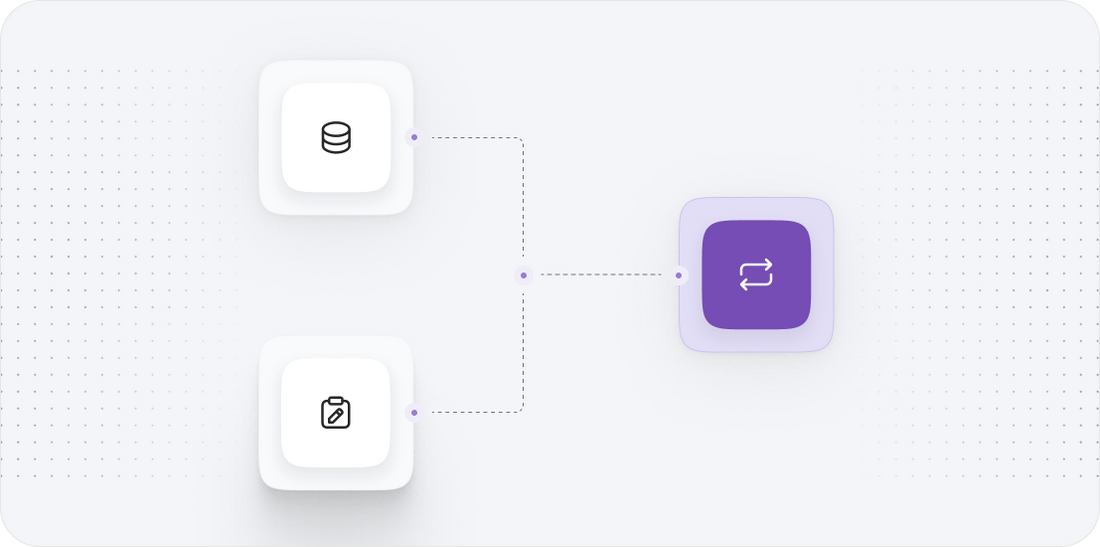
Step 2: Data Backup and Security Measures
Before initiating the data migration, we must ensure that all existing data is securely backed up to prevent any loss during the transition. This step involves creating a complete backup of your Commercetools data, including product catalogs, customer information, order history, and any relevant media files.
Additionally, implementing security measures is vital to protect sensitive data throughout the migration process. We will establish protocols that comply with data protection regulations, ensuring that customer and transaction data remains secure.
- Data Backup: Utilize Commercetools’ export functionalities to create backups of all critical data sets.
- Backup Types: Ensure backups include:
- Product Data
- Customer Information
- Order History
- Media Files
- Security Protocols: Implement data encryption methods for data in transit and at rest during the migration phase.
- Access Control: Limit access to sensitive data during the migration process to authorized personnel only.
By prioritizing data backup and security measures, we can mitigate risks associated with data loss or breaches, setting a solid groundwork for the upcoming migration steps.
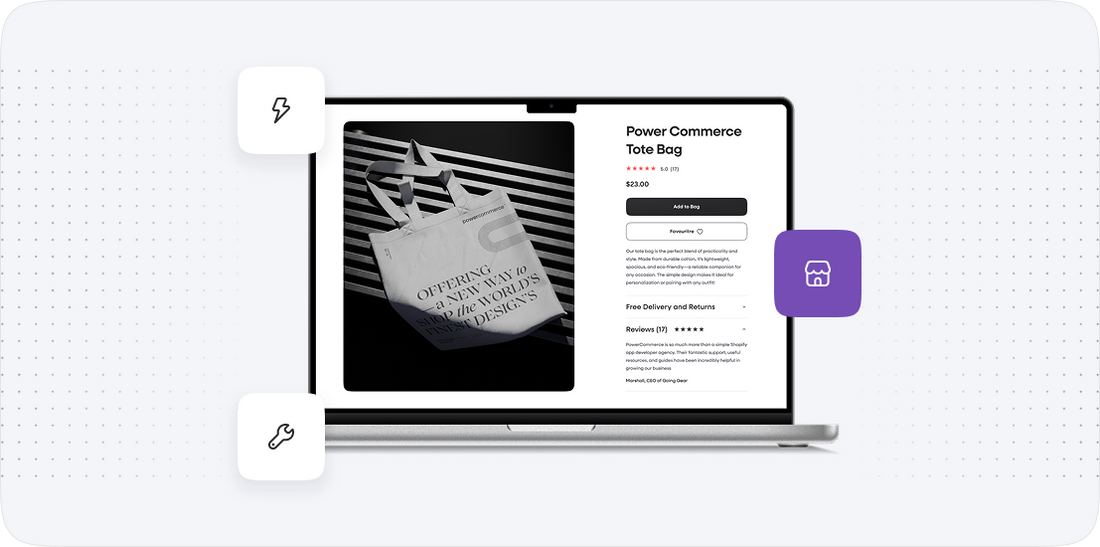
Step 3: Setting Up SAP Commerce Cloud Environment
Setting up the SAP Commerce Cloud environment is a vital step in the migration process. This involves configuring the cloud infrastructure to accommodate the data and functionalities carried over from Commercetools. We will establish the necessary environments for development, testing, and production, ensuring each is tailored to meet your business needs.
During this phase, we will focus on several critical aspects to ensure a smooth operation:
- Environment Configuration: Set up development, staging, and production environments within SAP Commerce Cloud.
- System Requirements: Verify that all system requirements for SAP Commerce Cloud are met, including server specifications, bandwidth, and storage capacities.
- Integration Setup: Prepare for integration with existing systems, such as ERP or CRM, to ensure data flow is maintained post-migration.
- Testing Framework: Implement a robust testing framework to validate the environment functionality before data migration.
By meticulously preparing the SAP Commerce Cloud environment, we can ensure that it is ready to handle the migrated data and support ongoing operations without interruption.
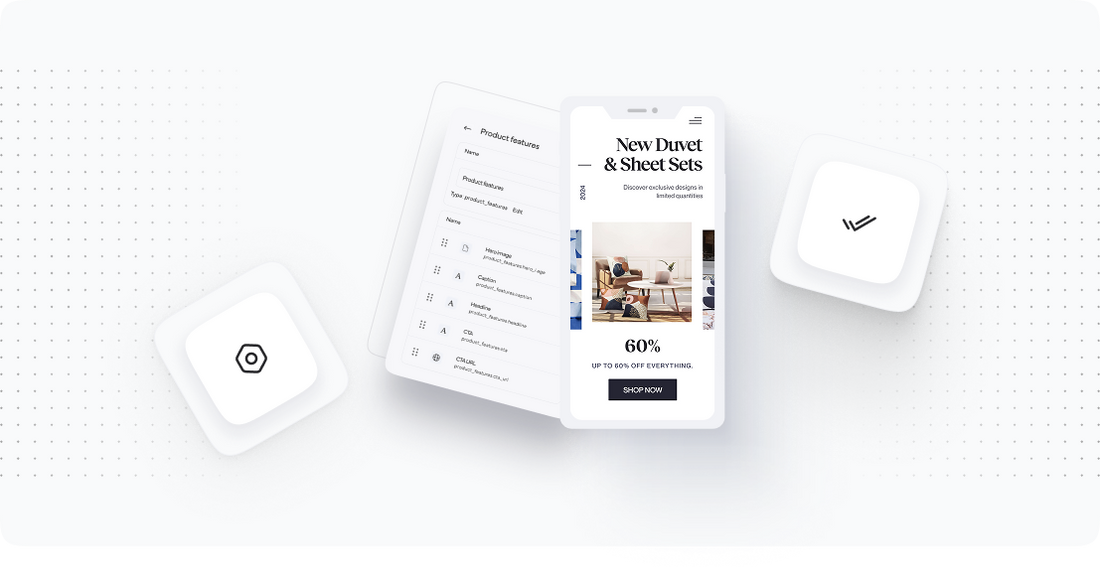
Step 4: Data Migration Execution
The data migration execution phase is the core of the migration process, where actual data is transferred from Commercetools to SAP Commerce Cloud. This step must be approached with precision to ensure data integrity and minimize disruptions to business operations.
We will employ a systematic approach to execute the migration, following predefined processes and utilizing automated tools where applicable:
- Data Import Tools: Utilize SAP Commerce Cloud's import tools to facilitate data transfer, ensuring compatibility with the target data structure.
- Data Validation: After migration, conduct comprehensive checks to validate data accuracy and integrity. This includes:
- Cross-referencing data sets
- Verifying data relationships
- Ensuring completeness of migrated records
- Error Handling: Establish a protocol for handling any errors that arise during migration, including rollback procedures if necessary.
Successful execution of this step will set the stage for subsequent testing and optimization phases, ensuring that the migrated data functions correctly within the SAP Commerce Cloud environment.
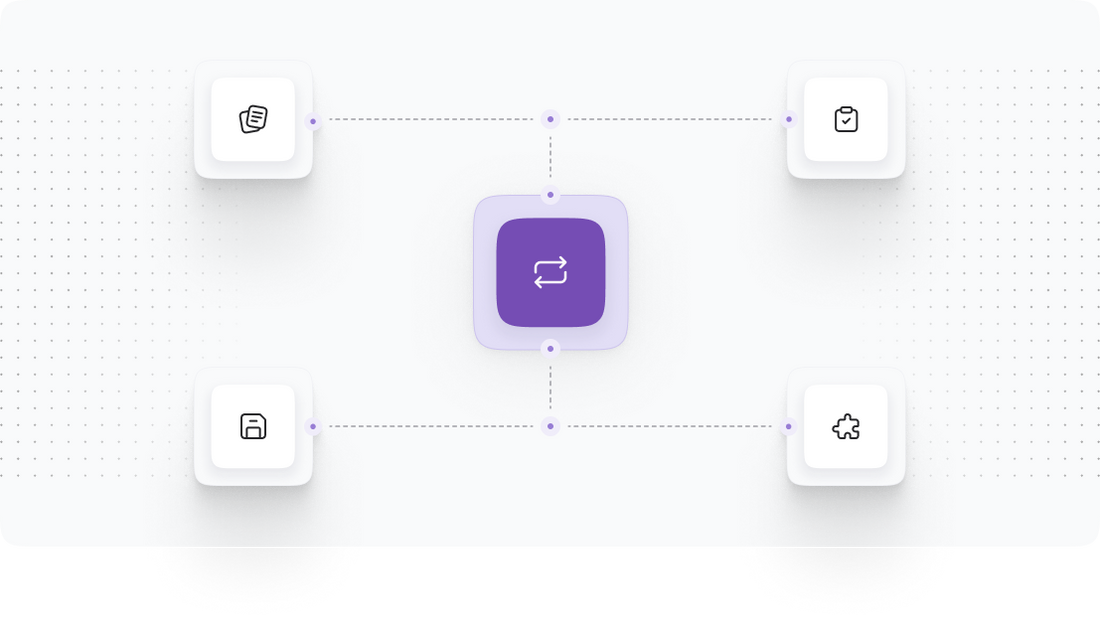
Step 5: Functional Testing and Validation
Once the data migration is complete, the next critical step is to conduct functional testing and validation. This ensures that all migrated data is functioning correctly within the SAP Commerce Cloud environment and that all necessary features are operational.
We will implement a comprehensive testing strategy that includes:
- Functional Testing: Test all core functionalities, including product displays, checkout processes, and payment integrations to confirm they work seamlessly.
- User Acceptance Testing (UAT): Engage end-users to test the system and provide feedback on usability and functionality. This includes:
- Gathering user input
- Addressing any concerns raised
- Performance Testing: Assess system performance under varying loads to ensure it can handle expected traffic levels without degradation.
By thoroughly testing the SAP Commerce Cloud setup, we can identify and rectify any issues before the platform goes live, ensuring a smooth transition for users.
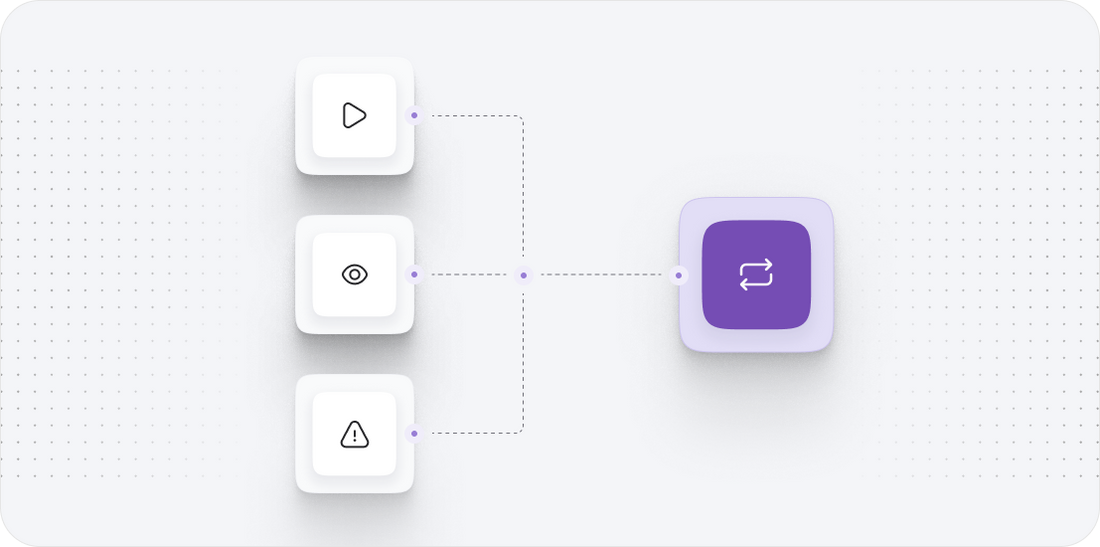
Step 6: Go-Live Preparation
Go-live preparation is a critical phase in the migration process, marking the transition from project to operational status. We will ensure that all components of the SAP Commerce Cloud environment are ready for public access while maintaining contingency plans in case of unforeseen issues.
The following activities will be performed during this preparation phase:
- Final Review: Conduct a final review of the entire system, addressing any outstanding issues or concerns raised during testing.
- Training Sessions: Provide training for staff on how to use the new system effectively, covering any new features or processes that differ from Commercetools.
- Launch Strategy: Develop a go-live strategy that includes a timeline for the official launch, communication plans for stakeholders, and marketing efforts to announce the new platform.
- Rollback Plan: Establish a rollback plan that can be implemented if critical issues arise immediately after going live.
By meticulously preparing for the go-live phase, we can reduce the likelihood of disruptions and ensure a successful launch of the SAP Commerce Cloud platform.
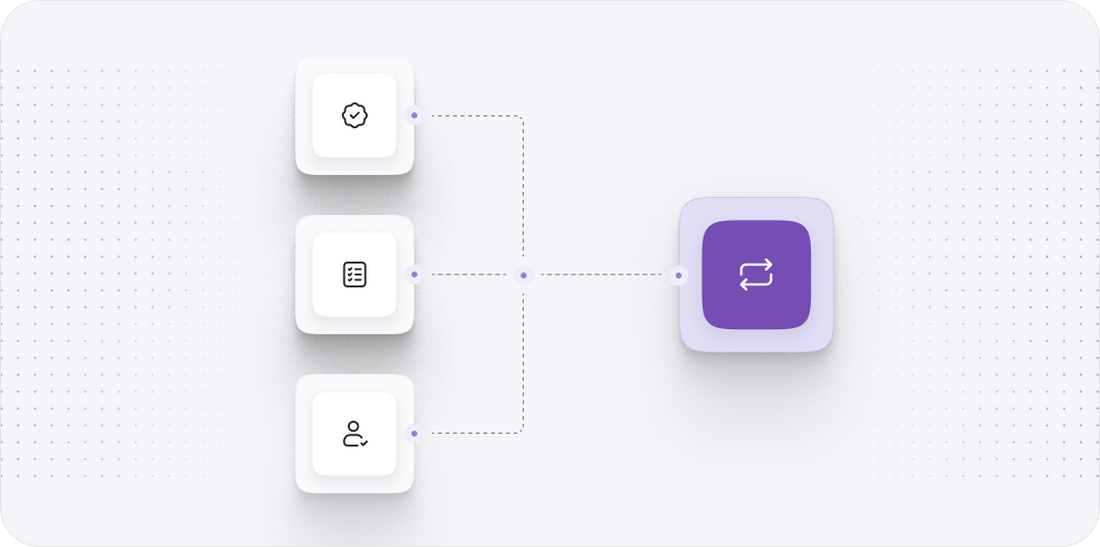
Step 7: Post-Migration Support and Optimization
The post-migration support and optimization phase is essential for ensuring the long-term success of the new SAP Commerce Cloud setup. After the official launch, we will focus on monitoring system performance, user feedback, and continuous improvement.
Key activities during this phase will include:
- Monitoring Performance: Use analytics tools to monitor system performance and user engagement, identifying any areas needing improvement.
- User Feedback Loop: Establish a mechanism for collecting user feedback and addressing any issues or concerns that arise after the transition.
- Optimization Strategies: Implement strategies to enhance system performance and user experience, such as:
- SEO optimization for improved visibility
- Improving site speed and load times
- Enhancing user navigation and interface
- Continuous Training: Offer ongoing training sessions for staff to ensure they are well-equipped to utilize the new platform effectively.
By providing thorough post-migration support and focusing on optimization, we can ensure that the SAP Commerce Cloud system remains efficient, competitive, and aligned with business goals.
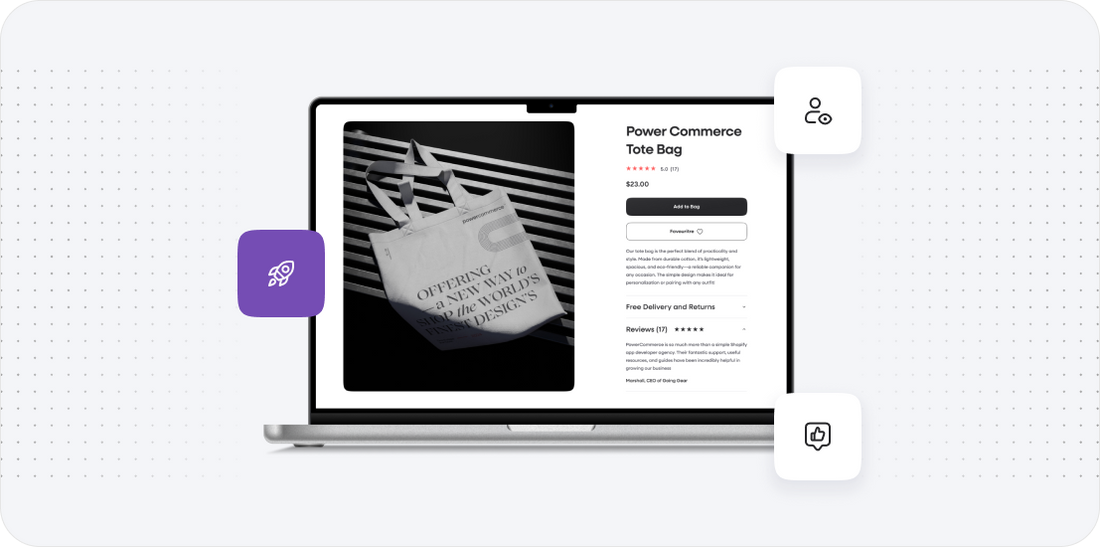
Power Your Step - Get in Touch
If you're ready to take the next step in your ecommerce journey, we at PowerCommerce are here to help! Our expert team specializes in seamless migrations and can guide you through each phase of your transition to SAP Commerce Cloud.
Don't hesitate to reach out to us for personalized support tailored to your unique business needs. Our services aim to minimize downtime, enhance performance, and ensure your migration is a success.
- Visit our contact page: Contact Us
- Call us at: 800-099-9090
- Email us at: info@powercommerce.com
Let’s power your ecommerce success together!
Stay aligned on what's happening in the commerce world
Trusted by 1000+ innovative companies worldwide
Schedule Your Migration Today
For businesses prioritizing simplicity, scalability, and robust support, Shopify is the clear winner.
Looking to migrate without hassle? Power Commerce can handle the entire process, ensuring smooth data transfer, store setup, and post-launch success.
Marka Marulića 2, Sarajevo, 71000 BiH
00387 60 345 5801
info@powercommerce.com


